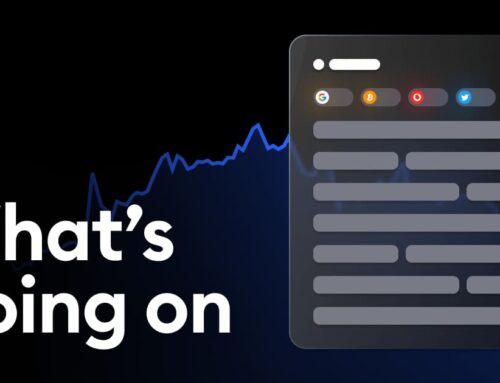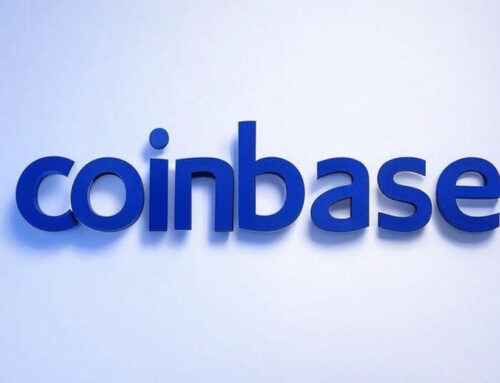LinkedIn Forms Technical Patterns Prior to Earnings Report
July 31, 2014
LinkedIn Forms Technical Patterns Prior to Earnings Report
NEW YORK (TheStreet) — LinkedIn (LNKD_) started a bottom mid-May, after a typical high-frequency trader attempted a sell-down, which failed. After that, within three days of a huge-volume spike selloff on May 7, 2014, the stock formed a long candlestick tail with a small body. This classic reversal pattern confirms both indicators, volume and balance of Power, in the chart windows below price. Balance of Power tracks large-lot vs. small-lot activity for quiet accumulation.
Since that reversal pattern, the stock has made two higher lows and three higher highs in May, June and July, indicative of a stock trending out of a bottom. The most recent price action of the past couple of days is a continuing momentum run starting on July 18, through Wednesday, July 30, as LinkedIn prepares to release its earnings.
Time segmented volume compares volume patterns over time to evaluate whether large lots are buying incrementally. TSV continued to rise for the lows formed by the May reversal pattern. This along with MoneyStream in the bottom chart window, confirms that some large-lot accumulation was under way.
This is a typical pre-earnings run as technical traders anticipate the report. In addition, it is also partially in response to the Twitter (TWTR_) surprise earnings report, along with the Facebook(FB_) better-than-expected report. LinkedIn technically is set up for the earnings to be a positive report, and high frequency trading is being anticipated by professional and institutional traders whose momentum-style buying has moved price up beyond the initial bottom resistance level.
Most often these pre-earnings runs convert to profit taking as the report hits the news feeds, and then technical traders and smaller investors are expected to buy. HFTs are expected to trigger on the release of the earnings report. HFTs technical patterns are determined by the algorithm reaction of positive or negative and can cause gaps or long candles as HFTs flood the first few minutes of the trading day, front running later order flow reaction to the news late.
Technical patterns reflect a bottoming pattern followed by mild quiet accumulation, and that was followed by professional and institutional traders buying into the momentum run. There are no HFT technical patterns present after the failed sell down on May 7, 2014.
Risk for Entry on Thursday, the Day of the Report
Technically the pattern is overextended as the momentum run has been going on for 9 days, with 2 resting day candle patterns. If the profit taking exceeds the buyers on news, this could overwhelm the momentum. HFTs also tend to gap stocks on such news, or run the stock up within 1 to 3 minutes of market open.
TechniTrader technical analysis using a TC2000 chart, courtesy of Worden Bros.
Trade wisely.
Read More: How Twitter’s Blowout Quarter Changed My Mind — It’s Not Overvalued
— By Martha Stokes, CMT of TechniTrader.com
At the time of publication, the author held no positions in any of the stocks mentioned, although positions may change at any time.
This article is commentary by an independent contributor, separate from TheStreet’s regular news coverage.
TheStreet Ratings team rates LINKEDIN CORP as a Sell with a ratings score of D+. TheStreet Ratings Team has this to say about their recommendation:
“We rate LINKEDIN CORP (LNKD) a SELL. This is driven by multiple weaknesses, which we believe should have a greater impact than any strengths, and could make it more difficult for investors to achieve positive results compared to most of the stocks we cover. The company’s weaknesses can be seen in multiple areas, such as its deteriorating net income, disappointing return on equity and generally disappointing historical performance in the stock itself.”
Highlights from the analysis by TheStreet Ratings Team goes as follows:
- The company, on the basis of change in net income from the same quarter one year ago, has significantly underperformed when compared to that of the S&P 500 and the Internet Software & Services industry. The net income has significantly decreased by 159.4% when compared to the same quarter one year ago, falling from $22.62 million to -$13.45 million.
- The company’s current return on equity has slightly decreased from the same quarter one year prior. This implies a minor weakness in the organization. Compared to other companies in the Internet Software & Services industry and the overall market, LINKEDIN CORP’s return on equity significantly trails that of both the industry average and the S&P 500.
- The share price of LINKEDIN CORP has not done very well: it is down 9.90% and has underperformed the S&P 500, in part reflecting the company’s sharply declining earnings per share when compared to the year-earlier quarter. Turning toward the future, the fact that the stock has come down in price over the past year should not necessarily be interpreted as a negative; it could be one of the factors that may help make the stock attractive down the road. Right now, however, we believe that it is too soon to buy.
- The gross profit margin for LINKEDIN CORP is currently very high, coming in at 86.80%. Regardless of LNKD’s high profit margin, it has managed to decrease from the same period last year. Despite the mixed results of the gross profit margin, LNKD’s net profit margin of -2.84% significantly underperformed when compared to the industry average.
- LINKEDIN CORP has experienced a steep decline in earnings per share in the most recent quarter in comparison to its performance from the same quarter a year ago. This company has reported somewhat volatile earnings recently. But, we feel it is poised for EPS growth in the coming year. During the past fiscal year, LINKEDIN CORP increased its bottom line by earning $0.23 versus $0.19 in the prior year. This year, the market expects an improvement in earnings ($1.66 versus $0.23).
- You can view the full analysis from the report here: LNKD Ratings Report
Search
RECENT PRESS RELEASES
Related Post





